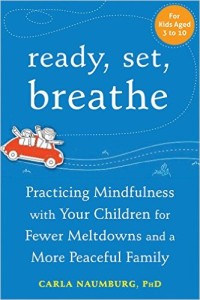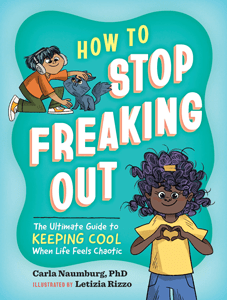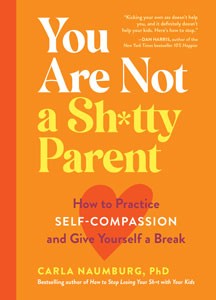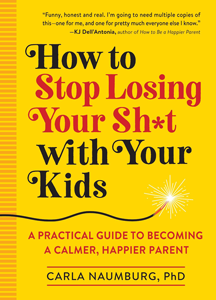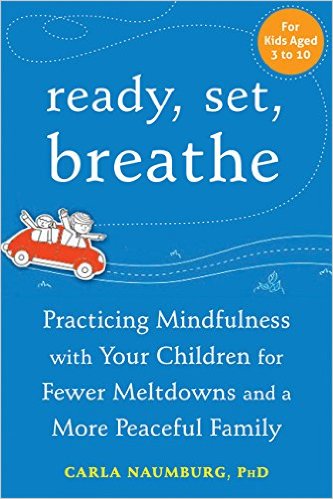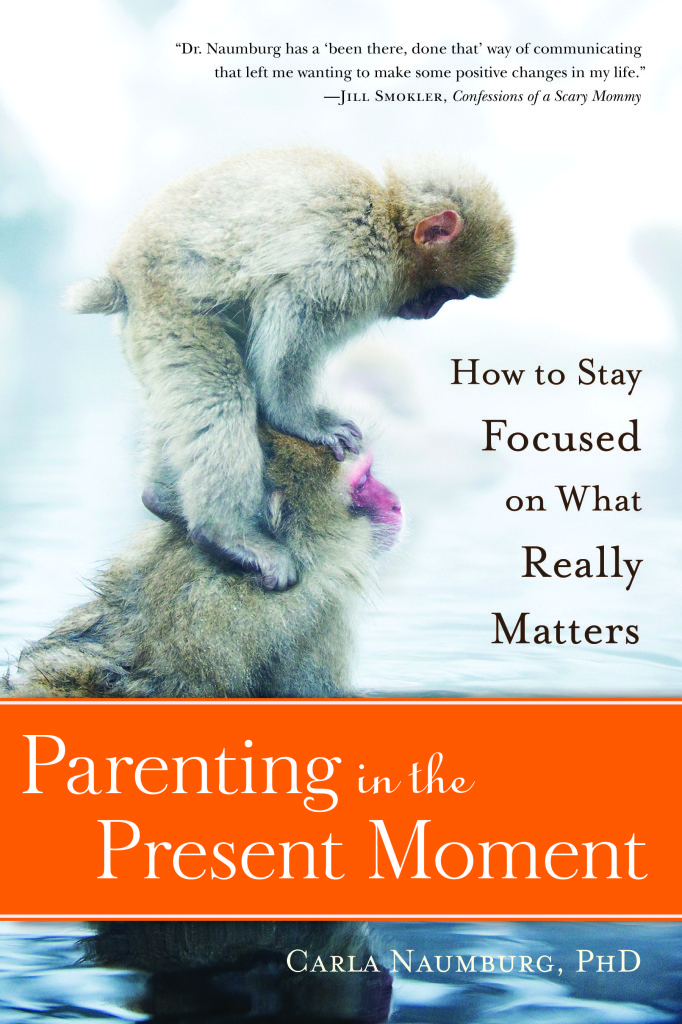This is an excerpt from my forthcoming book, Ready, Set, Breathe: Practicing Mindfulness With Your Children for Fewer Meltdowns and a More Peaceful Family (New Harbinger, 2015).
Calming Down
As I have mentioned before, there is no such thing as crisis meditation. We adults can’t effectively start a new activity or practice when we’re overwhelmed by big emotions, and it’s no different for our children. However, there are a number of ways we can help our kids calm down when they’re feeling angry, sad, frustrated, or overwhelmed, and several are listed below. One important note: whatever you do to soothe your child will be most effective if you can start by connecting with her and under- standing her experience. This may not be easy if you’re feeling upset or annoyed by your child’s behavior, and you may need to get yourself calm first, which will be easier if you’ve been practic- ing all along. In addition, you can practice any of the following ideas right alongside your child, which will help you both calm down together.
Breathing and body awareness practices are a great way to soothe big emotions, so if there are any that your child prefers, those are a great place to start. Snow globes, glitter wands, and smooth stones may be useful in these moments. Here are some more ideas.
Mantras. A mantra is a word or a phrase that our children can repeat silently or out loud to help them focus their minds, calm their energy, and get them back on track. There are many differ- ent ways to pick a mantra, and there are a few things to keep in mind. First, mantras should be simple, straightforward, and easy to remember. Your child can have as many as she’d like, and they may change with time, but the point is to choose something that will easily come to mind in difficult moments, so you don’t want to switch too often. Mantras will be more effective if they come from your child, so follow her lead. Finally, it may help if the mantra is related to the details of the situation. For example, “I am safe” or “I can do this” can help your child skillfully manage challenging physical moments, while “This too shall pass” can help her remember that a difficult situation won’t last forever. Mantras can also be silly words, nonsensical sounds, brief prayers, or simple melodies, or they may be something that helps your child remember what to do in a difficult moment, such as “Breathe,” “Go slowly,” or “Be kind.”
Take a line from TV. Lyrics or phrases from popular shows or movies are always fun for kids; “Hakuna Matata” from The Lion King reminded a generation of kids to take a break from their worries. This generation loves to “let it go,” thanks to Disney’s Frozen. Mary Poppins taught us to say “supercalifragilisticexpiali- docious” when we don’t know what else to say, and each episode of the PBS cartoon Daniel Tiger’s Neighborhood is based on a short song with an important lesson, such as “When something seems bad, turn it around and find something good.”
Count your way to calm. This is a variation on the mantra (and was already mentioned as a possible bedtime practice). Sometimes counting up or down from one to ten can distract your child for just long enough for her to loosen her grip on whatever is going on. If your little one doesn’t yet know her numbers to ten, she can count to three and then start again. Singing a favorite song can achieve the same effect.
Plug in to check in. There are several great apps, CDs, and MP3s of guided meditations available online. A few are listed in the resources section. Letting your child take a few minutes to put on some headphones and spend some moments alone can be a great way for her to calm down.
Holding tight. Many children respond well to the physical pressure of a firm hug. If your child is having a hard time calming down, try a big, loving hug. Alternately, you can wrap your child in a blanket, not unlike a swaddle, and then hug your little baby burrito.
Love your lovey. Don’t underestimate the power of a beloved toy. No matter what else is going on, a favorite blanket or stuffed animal can be a powerful cue to help your child calm down. If your child doesn’t already have one, you may want to consider getting her something small and replaceable. A word of advice: never expect your child to share her lovey, regardless of what your other rules about sharing may be. The lovey is for soothing; it’s not a carrot or a stick and shouldn’t be used for bribery or punishment.
Soothing bath. A warm bath can be soothing to your little one. You can make a warm bath even more soothing by adding bubbles or some lavender scent. These baths aren’t about scrubbing or getting clean; they’re just about relaxing in the warm water. Be sure to wrap her up in a large soft towel afterward.

